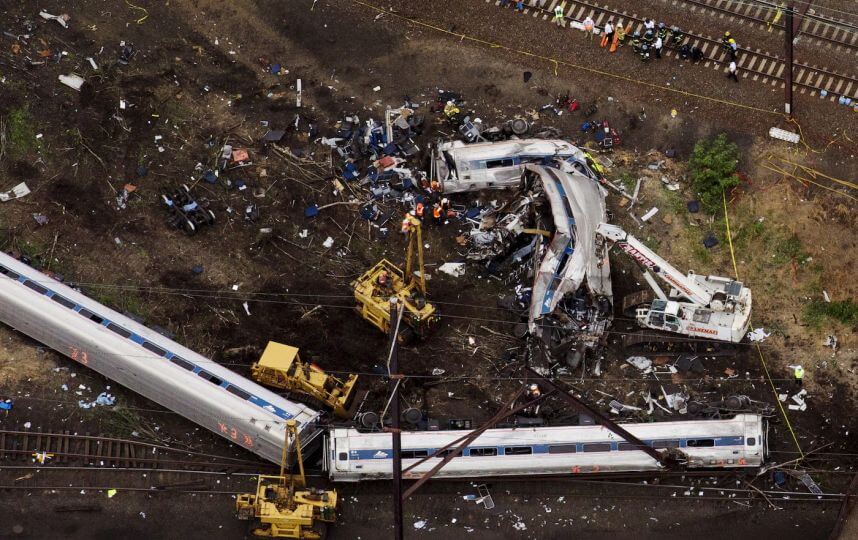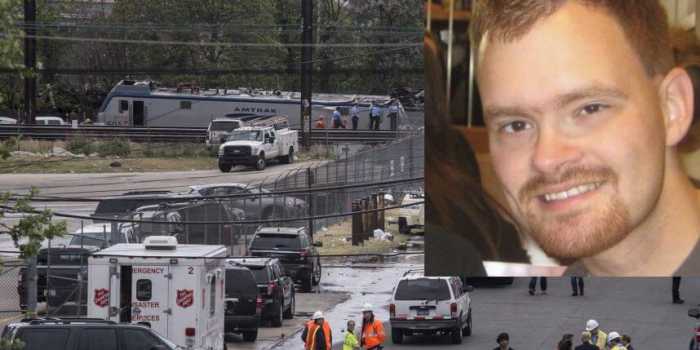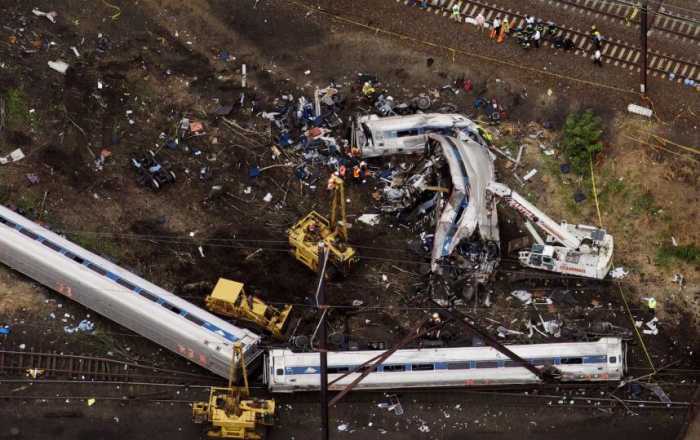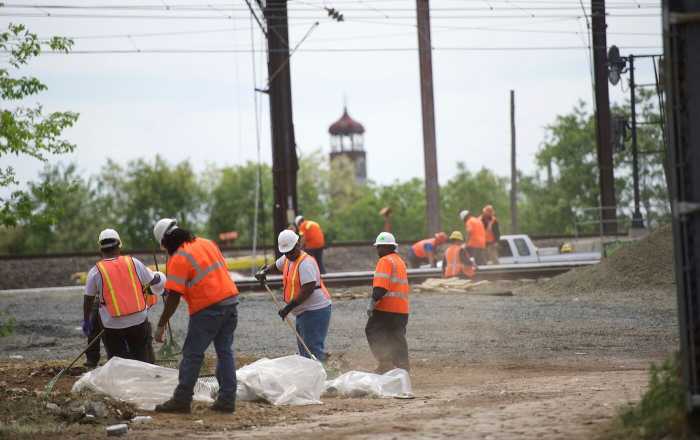At a hearing in Washington, D.C., on Tuesday, the National Transportation Safety Board ruled a fatal derailment in Philadelphia was caused by the engineer losing “situational awareness” as he accelerated the train to twice the speed limit “By the time he traveled around the curve, he had lost situational awareness, and believed he was at location further down the track,” Dr. Steve Jenner testified of Amtrak engineer Brandon Bostian. Eight people died as a result of the derailment when the train hit the curve at Frankford Junction, which has a 50 mph speed limit, at 106 mph.Out of the New York City-bound train’s 253 passengers total, 186 were injured. RELATED: Who is Amtrak driver Brandon Bostian? A loss of situational awareness means that a train engineer loses track of where they are, and can also cause them to forget what decisions they will need to make in the near future, NTSB experts testified at Tuesday’s hearing. Bostian, who told NTSB investigators he did not remember the final minutes before the derailment, is believed to have become distracted by radio transmissions from a nearby SEPTA Regional Rail train which had just had its windshield shattered, injuring the engineer. There were about two dozen transmissions in six minutes regarding the SEPTA train, NTSB officials said.
“He was very concerned about the SEPTA engineer who had requested medical assistance,” Jenner testified. “With his attention diverted to the SEPTA train, the Amtrak engineer may have lost situational awareness.” Bostian’s concern about the SEPTA train may have been heightened because he had a friend and fellow crew member who suffered a serious eye injury after being hit by glass shards during a crossing accident in California. RELATED: Read the interview with doomed Amtrak train’s engineer Brandon Bostian Additionally, the crash occurred at night, and so Bostian may have missed visual cues along the tracks that he relied on to know when he was approaching the Frankford Junction curve. Amtrak engineers have to memorize cues and landmarks along the routes they travel. “This is a standard human error,” Jenner testified.
Board members repeatedly underscored that Positive Train Control (PTC) technology, which overrides an engineer and prevents trains from traveling faster than the speed limit on a given section of track, could have prevented the derailment, calling the accident “wholly preventable.” Congress had given Amtrak a deadline of installing PTC along the track between DC and New York by the end of 2015. A form of PTC known as Advanced Civil Speed Enforcement System (ACES) is currently operational along that track, but nationwide, the deadline has been extended to 2018 and extensions to 2020 are available, NTSB board members said. “When you design a system where a single point failure can lead to disaster, that is sometimes what you get, you get a disaster,” said NTSB board member Robert Sumwalt. “That is why the NTSB has been calling for Positive Train Control for so long, to provide the protective layer of redundancy to keep a single human error from being deadly.” The NTSB ruled out numerous other factors in the crash, stating that there were no mechanical defects with the train, negative results of toxicological screening tests for the entire crew, no engineer medical conditions, no cell phone use by Bostian, and no lack of adequate time to obtain rest based on Bostian’s schedule. Other factors that contributed to the dangers of the crash were due to the train windows being knocked inside as the train slid on its side.
Amtrak 188 engineer lost ‘situational awareness,’ caused derailment: NTSB

Reuters
The National Transportation Safety Board (NTSB) formally voted to adopt as probable cause of the Amtrak #188 derailment Bostian’s loss of situational awareness due to an emergency situation with a nearby train, with the lack of a Positive Train Control system, and inadequate occupant protection inside the train, added to the injuries sustained by passengers.


























